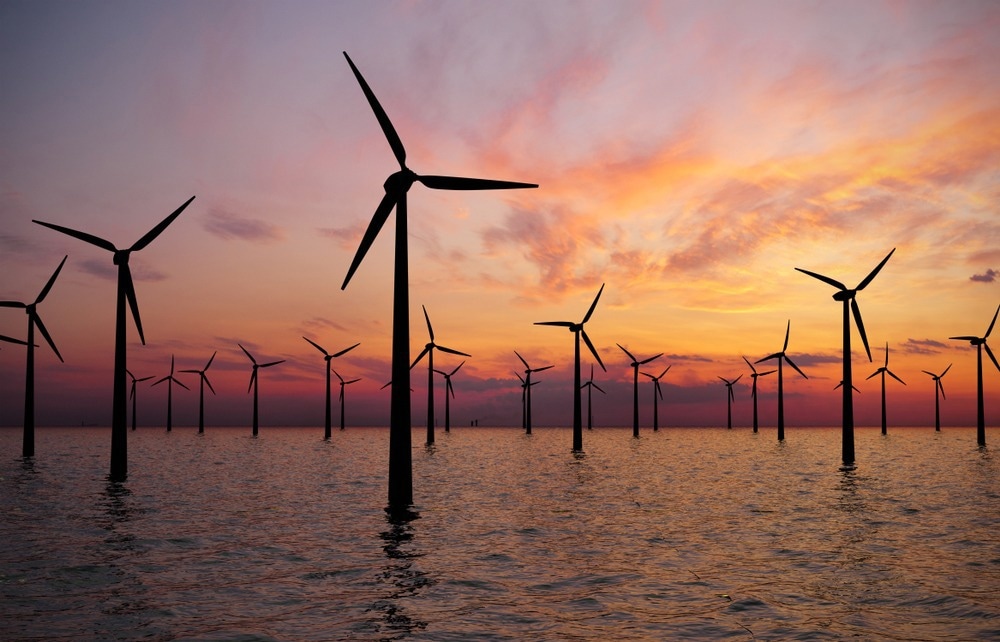According to new research, offshore wind farms improve the environment throughout their life cycle. The results were published in the international journal Sustainable Production and Consumption, where investigators from Politecnico di Milano examined the possible environmental impacts of a floating offshore wind farm under consideration for approval off the coast of Sicily.

Image Credit: TebNad/Shutterstock.com
Results show that the environmental impacts of offshore wind farms with floating turbines are mainly associated with the life cycle of the wind turbine and the floating structure, and in particular with steel production. The other phases of the life cycle have much smaller contributions than the procurement phase.
Mario Grosso, Professor, Solid Waste Management and Treatment, Politecnico di Milano
The evaluation included the phases of material procurement, component transport, assembly and installation with specialized vessels, operation maintenance, disassembly, and end-of-life.
The analysis also included the other components required for building an offshore wind farm, with a particular focus on the electrical system for transmitting the energy produced, in order to assess the contribution of the implementation complexity of offshore installations to the wind farm overall impact.
Lucia Rigamonti, Professor, Methodologies for Life Cycle Thinking, Politecnico di Milano
The results indicate that when contrasting 1 GWh of energy taken from the national grid to 1 GWh of energy generated by the wind farm, the overall impacts of wind power are greatly decreased for almost all impact categories investigated: the benefit is a 92% reduction in impacts in the “climate change” category, and worsening is only observed in the “abiotic depletion” category (+95%).
Furthermore, this technology would help avoid using fossil fuels to generate energy. Thus, as the results show, the associated investments would be quickly repaid in terms of greenhouse gas emissions and energy, in 2 and 3 years, respectively.
Overall, the results of the analysis provide a rough indication that helps make us aware of the environmental loadings of a renewable electricity generation system and to compare it with other energy sources. However, it must be kept in mind that this is currently a preliminary estimate based on the design choices presented for the scoping phase of the Environmental Impact Assessment.
Gaia Brussa, Researcher, Department of Civil and Environmental Engineering, Politecnico di Milano
When it comes to the life cycle analysis (LCA) of offshore wind farms with large turbines (over 15 MW) installed on floating structures that reflect recent industry developments and current market trends, the scientific literature is still lacking. However, to evaluate their true environmental sustainability, renewable electricity generation technologies must be examined from a life-cycle perspective.
Journal Reference:
Gaia, B., et al. (2023). Life cycle assessment of a floating offshore wind farm in Italy. Sustainable Production and Consumption. doi.org/10.1016/j.spc.2023.05.006.